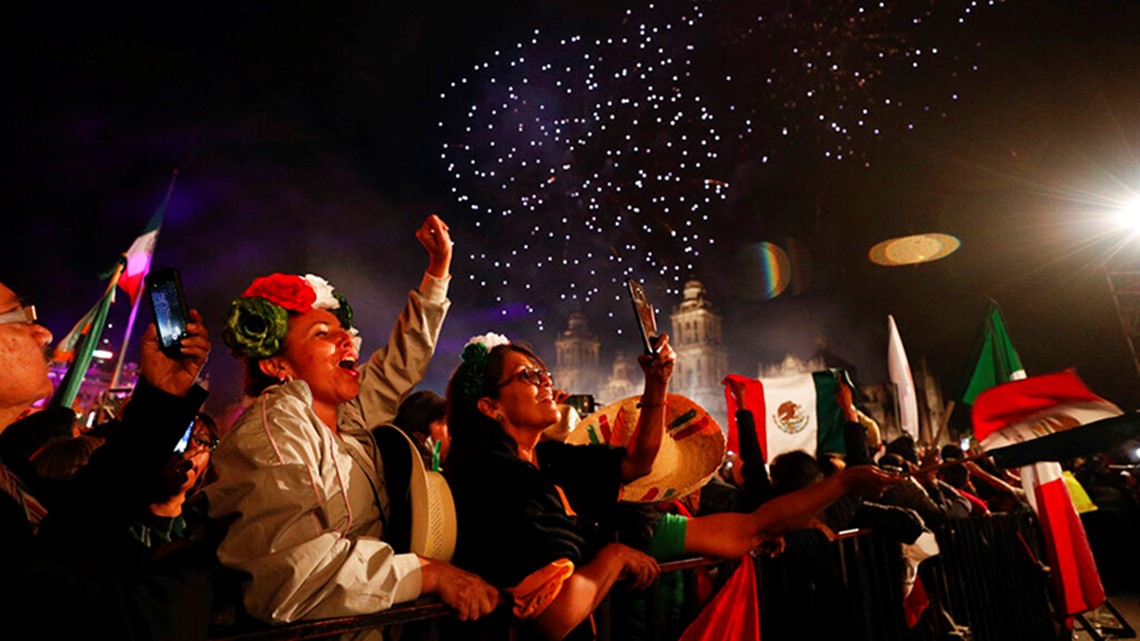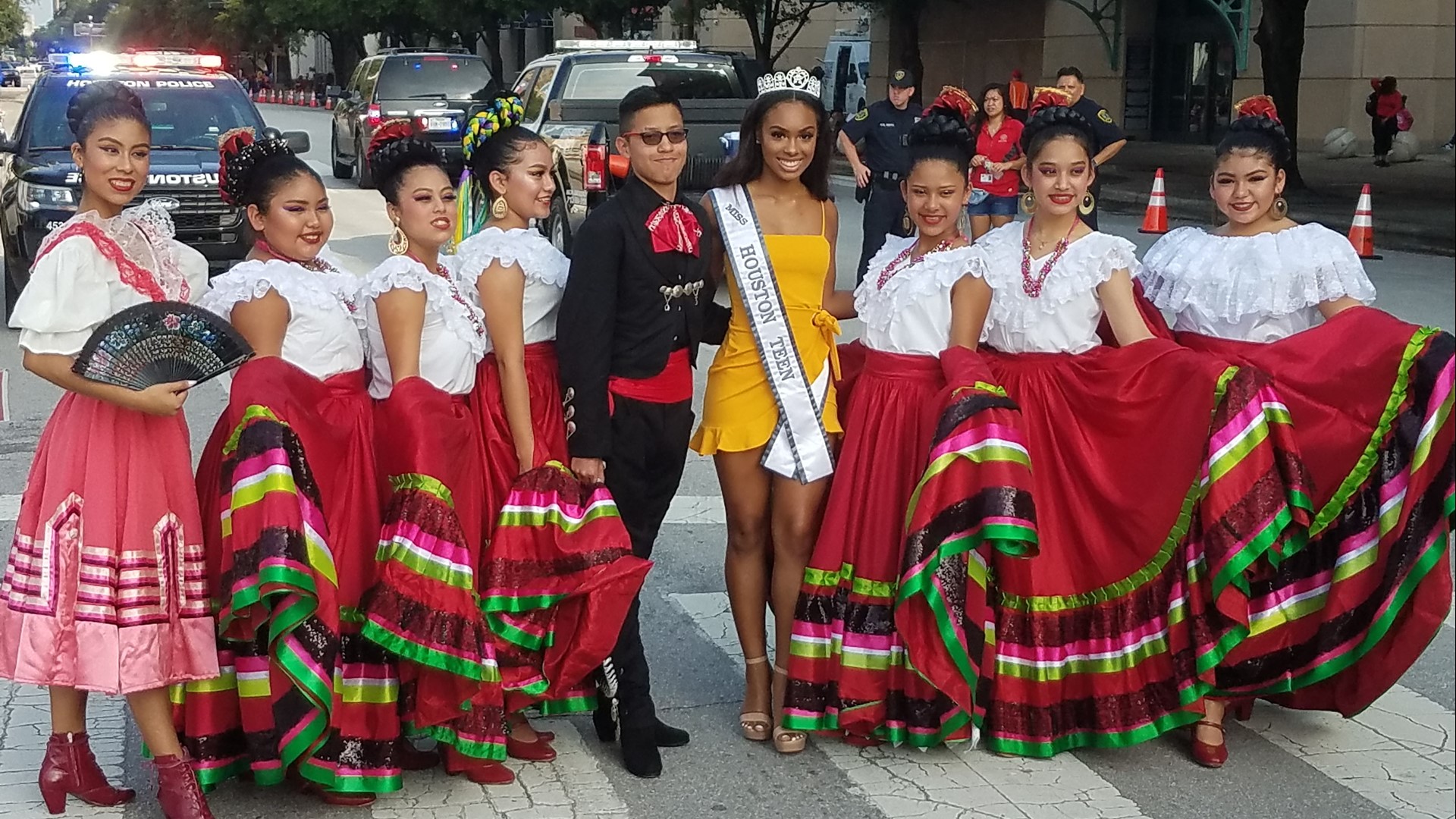HOUSTON — Mexican Independence Day -- Día de la Independencia -- is celebrated every year on September 16 to commemorate the country's freedom from centuries of Spanish rule.
It's one of Mexico's most important holidays and is celebrated by Mexicans and Mexican descendants worldwide.
Note: The video in this story originally aired on September 16, 2020.
'El Grito'
Mexican Independence Day is often referred to as 'El Grito' or El Grito de Independencia, a tribute to the battle cry that launched a rebellion in 1810.
Like America's 4th of July, the celebration of freedom is a giant fiesta with colorful parades, parties and family gatherings featuring food and with fireworks.
Communities around the world mark the holiday, including Fiestas Patrias in Houston, a week of special events that run through Sunday, September 19.
One of the highlights was Wednesday night's El Grito at Miller Outdoor Theater held on September 15 to commemorate a Mexican priest’s call to arms in 1810 that led to a revolution and, ultimately, the end of the Spanish colonial rule in Mexico.
It's not Cinco de Mayo
In America, the holiday is often confused with Cinco de May and incorrectly referred to as Mexico's Independence Day.
Instead, May 5 commemorates the Mexican army's surprise victory over the French at the Battle of Puebla in 1862. It's a relatively minor holiday in Mexico, but it's popular in America and celebrated with parties and plenty of Tex-Mex and margaritas.
The fight for independence
'El Grito' dates back to the 1800s when the country was yearning for freedom from Spain after being forced into slavery for more than 300 years.
After the French invaded Spain in 1808, the Mexicans saw an opportunity to break away from Spanish rule. Secret societies were formed where members began promoting independence and hatching plans to attack the enemy.
Father Miguel Hidalgo y Costilla
Miguel Hidalgo y Costilla is considered the father of Mexican independence.
The priest in Dolores, Guanajuato was passionate about restoring the rights of all Mexicans and belonged to one of the secret societies. After several members were arrested by Spaniards in September of 1810, Hidalgo rallied the townspeople to fight back the night of September 15.
On September 16, Hidalgo rang the church bell in Dolores to announce a revolution for freedom and the war against Spain was declared.
Father Hidalgo's battle cry was dubbed "El Grito de Dolores" and "El Grito de Independencia."
Along with the Mexican army, the war was supported by a troop of Native Americans and peasants. They successfully took control of several major cities before reaching Mexico City.
Hidalgo's legacy
After months of fighting, Hidalgo's battle-weary and depleted army began to collapse.
In January of 1811, the priest tried to flee to the United States but was captured and executed by a firing squad.
The war went on for 11 more years after Hidalgo's death.
Another army had already emerged by that time and they continued the fight commanded by Jose Maria Morelos, a student of Hidalgo in the Colegio de San Nicolas.
Ignacio Allende, Mariano Abasolo and many others helped lead the movement until victory was declared.


Hispanic Heritage Month
Mexican Independence Day is part of Hispanic Heritage Month in America, which celebrates the history and culture of Central and South American, the Caribbean and Spain.
Hispanic Heritage Month begins on September 15 when Latin American countries Costa Rica, El Salvador, Guatemala, Honduras and Nicaragua celebrate their independence.
Following Mexico's celebration on Sept. 16, Chileans salute their freedom on September 18.

